 Unit 5 - Activity 1 Introduction to Prototyping
Unit 5 - Activity 1 Introduction to Prototyping
Activity Overview
This activity introduces the concept of prototypes to students, exploring the difference between low and high fidelity prototypes, and understand how prototypes are used in the real world.
Key Terms and Concepts
Key Takeaways:
Driving Questions:
Materials and Preparation:
MATERIALS
- (Optional) Projector
- Computer
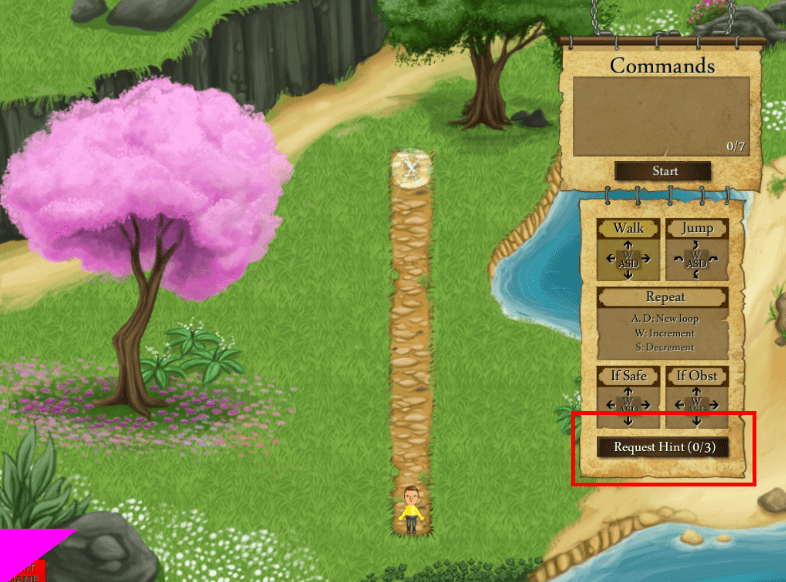
IMAGE CREDIT: MIT IMAGINATION, COMPUTATION, AND EXPRESSION LABORATORY
Activity Instructions
- Defining Prototypes (15 minutes)
- Introduce the activity by framing it as a discussion of the process of how we bring ideas to life.
- Ask students to share a few of their favorite apps and products are.
- Ask students to consider how these products were created, and what the first step of building that product might have looked like.
- ASK: What is a prototype?
- Explain that a “protoype” is:
- An early version of a design
- A tool of testing an interactive game or technology with users
- Explain that a “protoype” is:
- ASK: What are low fidelity vs. high fidelity protoypes?
- Explain that “low-fidelity prototypes” are:
- sketchy and incomplete
- generally simple
- used to quickly test broad concepts
- For example, here is a low-fidelity map prototype:
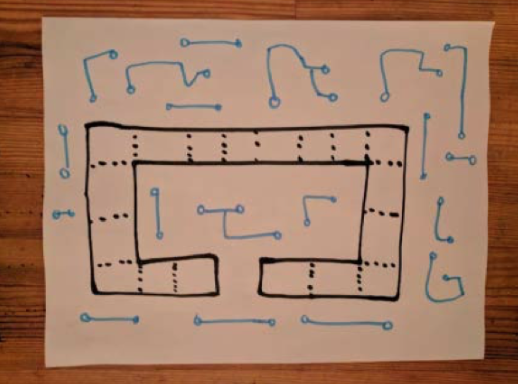
- Explain that “high-fidelity prototypes” are:
- more refined, with lots of detail and functionality
- closer to the final product
- used to examine usability questions in detail
- used to make strong conclusions about system requirements
- For example, here is a high-fidelity map prototype:
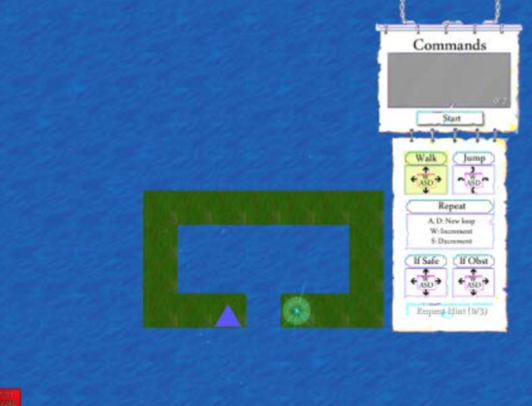
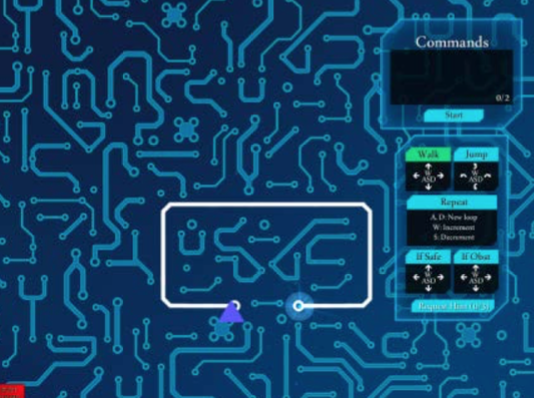
- Explain that “low-fidelity prototypes” are:
- Protoypes in Practice (15 minutes)
- ASK: How are protoypes used in the real world?
- Explain that prototypes enable companies to save money and time by quickly testing out ideas and soliciting feedback through a process called “user testing,” in which people actually use and provide insight into how a product will be used in the real world before it has been finalized.
- For example: People use paper protoypes to test out app ideas before writing any code:
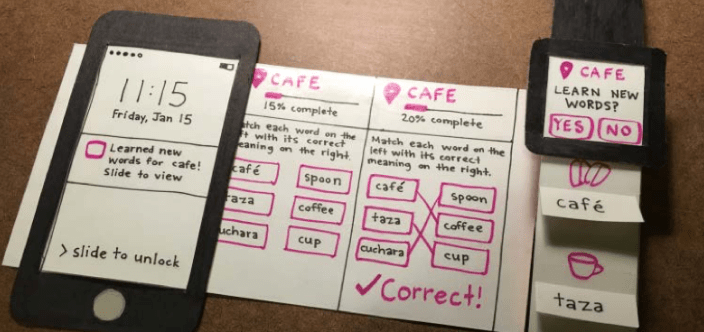
- For example: Extensive protoyping is performed for famous products we know and love:
- Apple iPod:
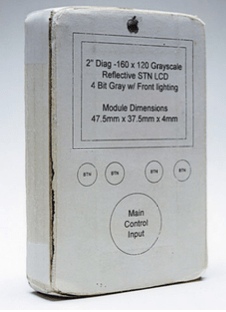
- Apple iPad:
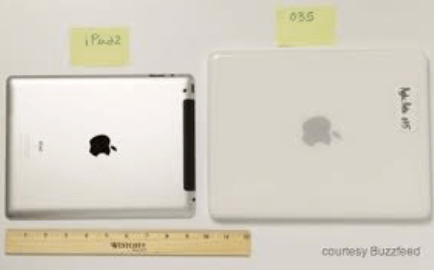
- Apple Watch:
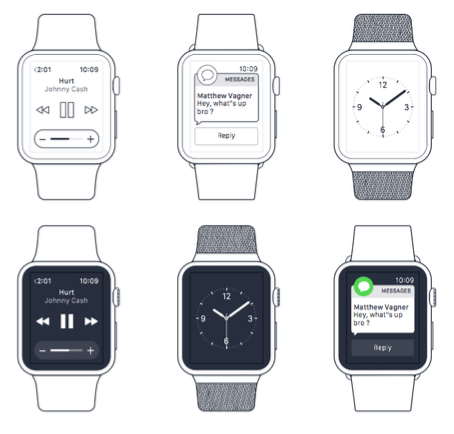
- Google Glass:
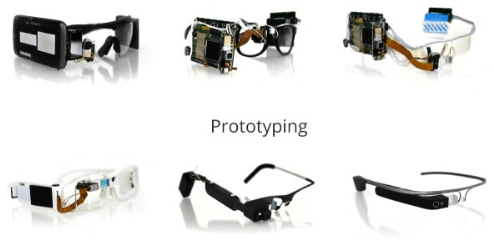
- Apple iPod:
- Begin to encourage students to reflect on how different themes and ideas could be represented in map form, and what requirements that design might have.
- Explain to students that simple protoypes made of paper and plastic can be used for user testing before they’re fully finished and polished. These “wizard of oz prototypes”:
- only work by having someone behind-the-scenes who is “pulling the levers” and “flipping the switches”
- allows testing of more complex design concepts before a system is fully working
- ASK: What is the use of doing prototypes on paper?
- Explain that paper protoypes are:
- quick and easier to make than higher-fidelity protoypes
- do not distract users with small details which aren’t as important as the broad concepts of the design
- easy to throw away and restart if the ideas are not working out
- Explain that paper protoypes are:
- Wrap up the discussion by challenging students to think about how they might begin protoyping some of the maze game designs they explored in the previous unit.